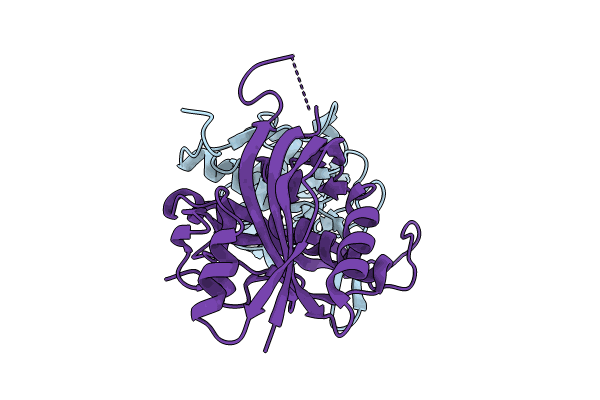
Deposition Date
2023-07-09
Release Date
2024-07-10
Last Version Date
2025-01-22
Entry Detail
Biological Source:
Source Organism:
Vibrio phage ICP1_2011_A (Taxon ID: 1296592)
Host Organism:
Method Details:
Experimental Method:
Resolution:
2.56 Å
R-Value Free:
0.23
R-Value Work:
0.19
R-Value Observed:
0.19
Space Group:
P 1 21 1


